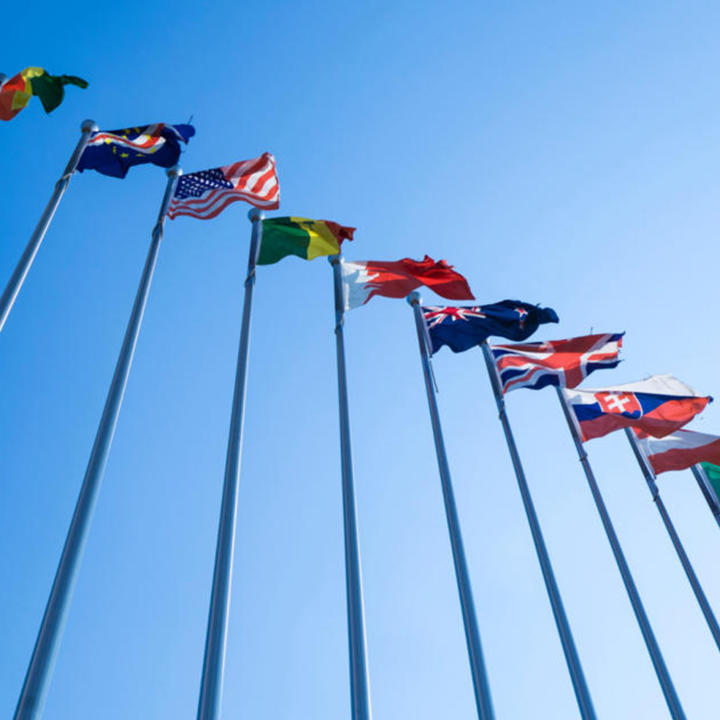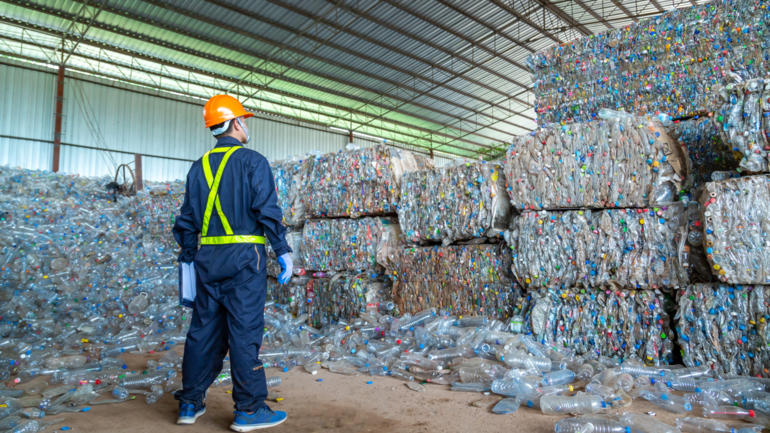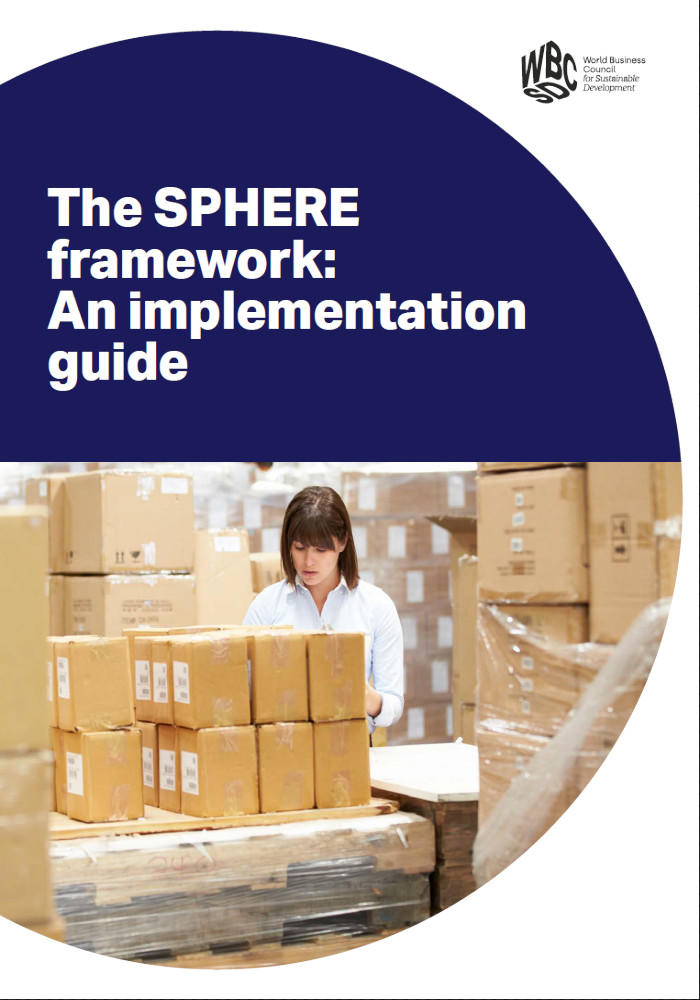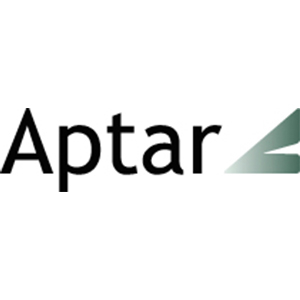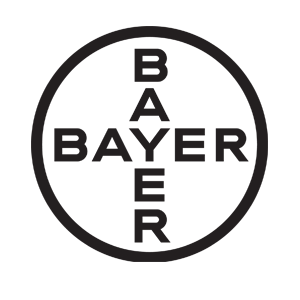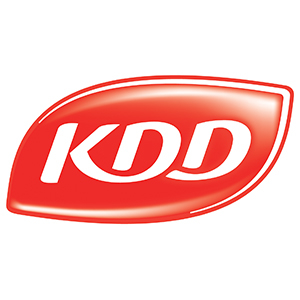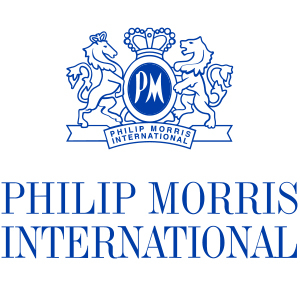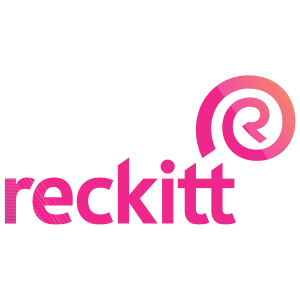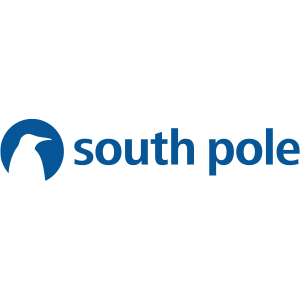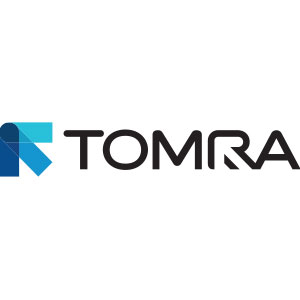Plastics & Packaging
The way we produce and consume plastics presents an unprecedented challenge for climate, nature and people. In our Plastics & Packaging project, we support businesses in accelerating their transition towards sustainable and circular plastics and packaging.
We enable this transformation through the development, promotion, and harmonization of metrics and methodologies. This includes frameworks for packaging sustainability assessment and plastic disclosure and reporting; a discussion platform for the UN Treaty on plastic pollution; and a roadmap to support the B2B chemical sector in its transformation.
The challenge
We will need 2.3 planets by 2040 if the global population and demand for materials continue to grow at the present pace. The global demand for plastic will likely double by 2040, leading to an estimated amount of waste of almost 450 million tons. However, only around 15% of the total plastic produced is recycled today, and about 11 million metric tons of plastic leak into the ocean annually. Businesses, under growing societal pressure, have no safe space to collaborate along the plastics & packaging value chain, and the lack of transparency is a barrier to common and bold solutions.
The business case
There is an increasing urgency to end plastic pollution and its impact on our climate and nature loss. Businesses face intensifying pressure to transition to a circular economy for plastics that have a minimum environmental footprint. By measuring and reporting on plastics and packaging, companies can identify hotspots and benchmarks. With that information, they can increase the use of secondary materials and reduce their CO2 emissions while creating a more resilient and cost-effective value chain.
The solution
We build a global cross value chain business coalition to accelerate the transition to circular and sustainable plastics and packaging. As part of the solution, we define the set of interrelated metrics, methodologies and data sources that best capture the circularity and sustainability of plastics and packaging and their impact on climate and nature. Through a clear, consistent and standardized data-driven approach, the plastics and packaging value chain can be more transparent by setting ambitious targets, taking informed decisions, prioritizing action and monitoring their performance.


